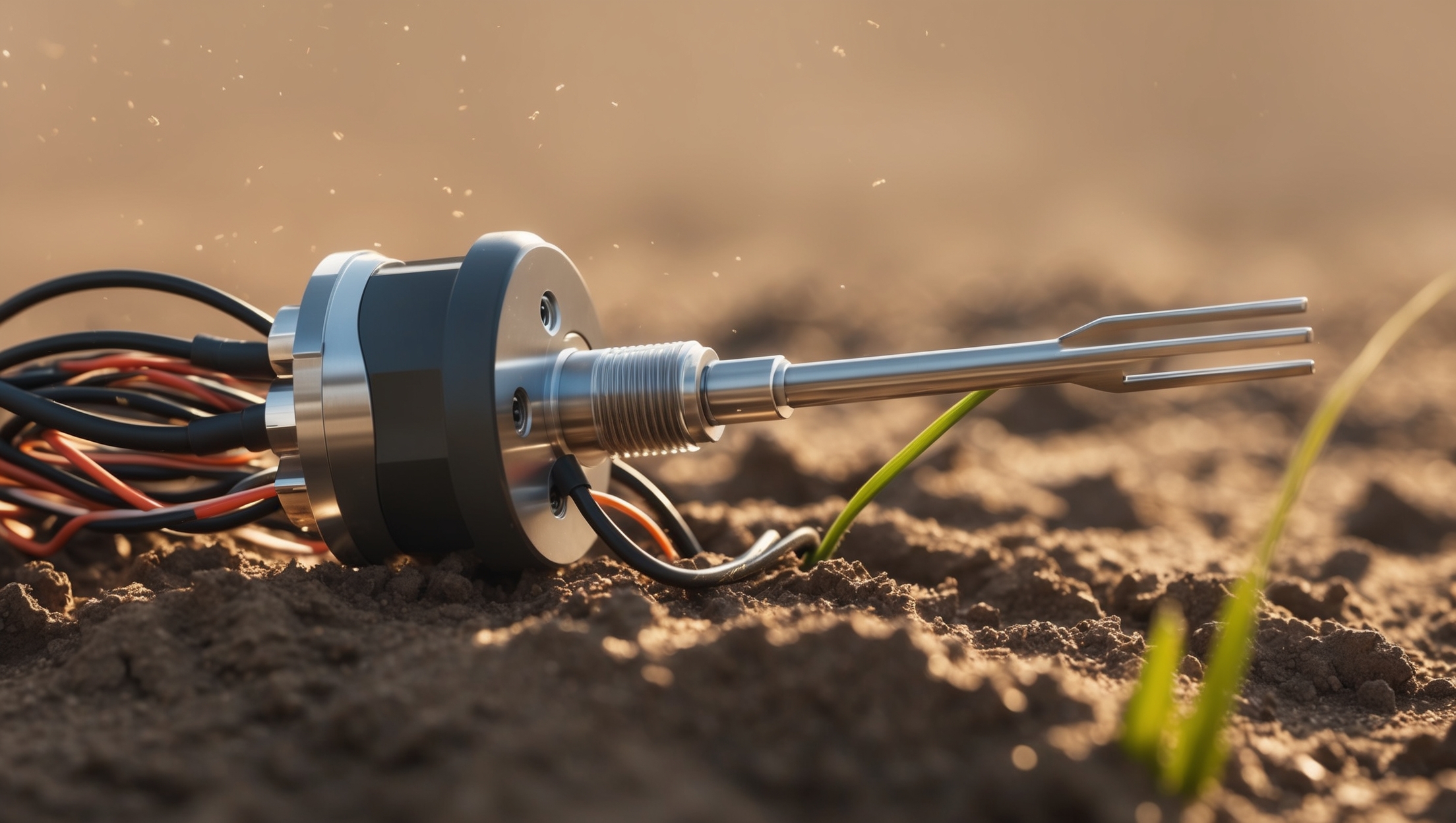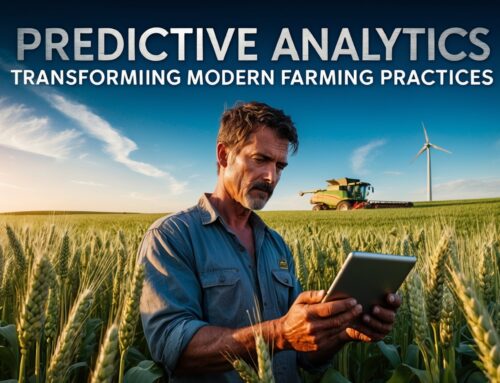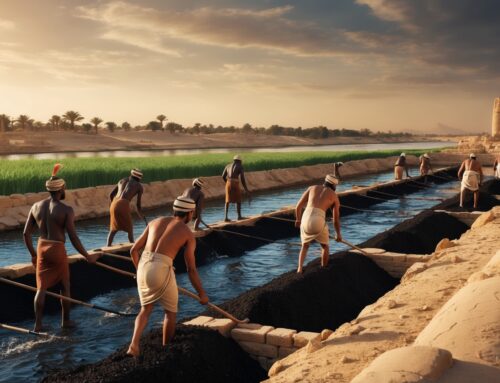Soil moisture is at the heart of healthy crops and productive fields. But how can you know what’s happening below the surface? That’s where soil moisture sensors come in. In this post, we’re breaking down what soil moisture sensors are, how they work, and why they’re a game changer for farming.
What Are Soil Moisture Sensors?
Soil moisture sensors are devices designed to measure the amount of water present in the soil. By understanding soil moisture levels, farmers can make informed decisions about when to irrigate, how much water to use, and where water stress might be affecting crop growth. This is critical for achieving the right balance—not too dry, not too wet—so crops can thrive.
How Do Soil Moisture Sensors Work?
Most soil moisture sensors work by measuring the dielectric constant of the soil, which changes with moisture content. The two most common types are capacitance sensors and resistance sensors.
- Capacitance Sensors: These sensors use an electrical field to measure the soil’s dielectric constant. Capacitance sensors are generally known for their quick response and reliability. For example, farmers can use capacitance sensors to monitor moisture levels throughout the growing season, ensuring that irrigation is applied exactly when needed, reducing water waste and optimizing crop growth.
- Resistance Sensors: These sensors measure the resistance between two electrodes. Soil with more moisture has lower resistance, while drier soil has higher resistance. While these sensors are often cheaper, they can be less reliable in varying soil conditions. However, resistance sensors can still be a good option for smaller operations or where cost is a significant factor, especially in consistent soil environments.
Terrestream’s Irrigauge® sensors utilize a capacitance-based method that’s scientifically calibrated for accuracy across all twelve major soil types. Calibration ensures the sensors provide reliable and precise readings, making them highly effective in different soil conditions. They even measure soil temperature to provide an accurate reading, factoring in how temperature affects moisture content.
Why Soil Moisture Sensors Matter for Farmers
Knowing the moisture levels in your soil is a huge advantage when it comes to irrigation planning. Over-watering can wash away nutrients, damage root systems, and waste precious resources. Under-watering can lead to stressed crops, reduced yields, and ultimately, lost income. With climate change leading to unpredictable weather patterns, having accurate soil data helps farmers stay ahead of these challenges.
Our Irrigauge sensors provide real-time data directly to the FieldLink® data logger, which then sends the information to the FieldHub®. The FieldHub communicates with our cloud-based Terrestream dashboard over LTE, giving farmers access to vital soil moisture information right from their smartphones or computers.
Real-World Benefits of Using Soil Moisture Sensors
Let’s take a quick look at some real-world scenarios where soil moisture sensors make a difference:
- Reducing Water Use: By knowing exactly when and where to irrigate, farmers have reported saving up to 30% on water usage—a significant benefit during times of drought or restricted water availability.
- Boosting Crop Yields: Maintaining the optimal soil moisture levels helps maximize yields. When crops are neither over-watered nor under-watered, they have the best chance to grow healthy and strong.
- Saving Money: Less wasted water, healthier crops, and lower input costs all translate to improved profitability.
Why Terrestream’s Solution Stands Out
Unlike other systems that come with hefty price tags and ongoing subscription fees, Terrestream offers an affordable, high-quality solution without the hidden costs. Each Irrigauge sensor is built to withstand harsh conditions, from scorching heat to heavy rains, and is powered by solar panels for a 180-day battery life. Our entire system, from the sensors to the data logger and network hub, is Assembled in the USA, ensuring a high standard of quality.
Plus, our Terrestream dashboard takes soil data to the next level. By combining sensor readings with weather forecasts, historical data, and AI-driven predictions, we provide insights that help farmers take meaningful action. Imagine being able to see a 3D model of your field, highlighting over-watered, under-watered, and perfectly irrigated areas, all from your phone.
Conclusion
Soil moisture sensors are not just gadgets—they’re essential tools that can help farmers take control of their irrigation practices, fight the challenges of climate change, and improve the overall productivity of their land. At Terrestream, we’ve combined cutting-edge technology, practical experience, and a deep understanding of farming needs to offer a solution that is effective, easy to use, and affordable for farms of all sizes.
Ready to take control of your soil moisture and boost your yields? Check out our Irrigauge, FieldLink, and FieldHub to get started.





